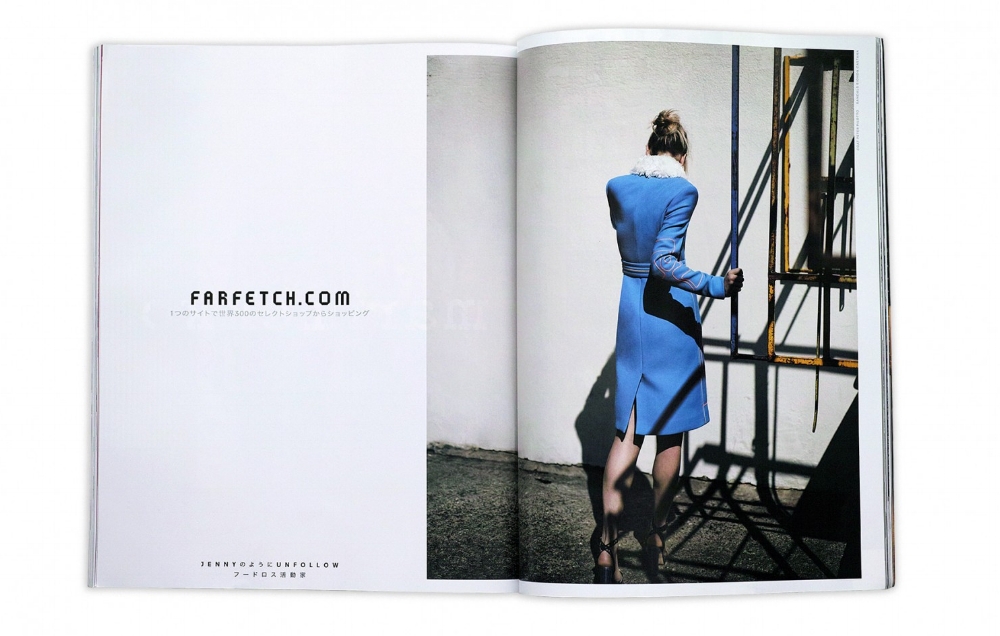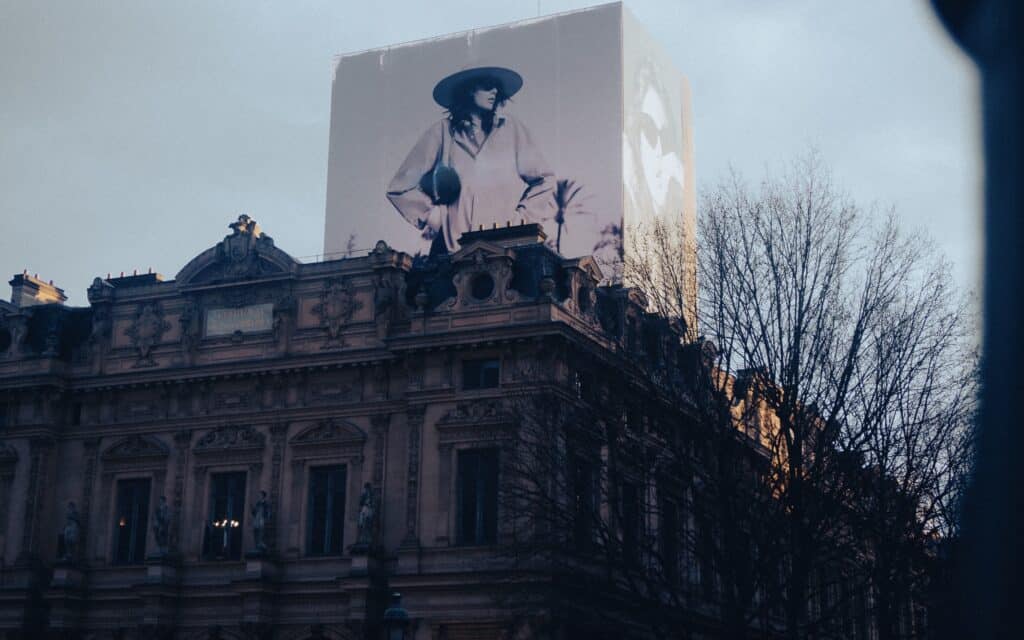Farfetch hit the New York Stock Exchange on Friday, following reports of its long-rumored plans to go public. The London-based e-commerce site, which was founded in 2008 by Portuguese entrepreneur Jose Neves, priced its 44.2 million shares at $20, above its targeted range of $17 to $19, thereby valuing the company at roughly $6.2 billion (after factoring in shares already held by employees). The valuation “underscores how big a bet web sales have become for high-end brands,” per Reuters.
The company’s newest stockholders – which, as Reuters notes, include prominent industry players, like the Pinault family that controls Paris-based luxury conglomerate Kering, parent to Gucci, Saint Laurent and Balenciaga – join a long list of existing Farfetch investors.
JD.com, China’s second largest e-commerce firm, for instance, took a sizable stake in the company in June 2017 in exchange for $397 million. Condé Nast, the parent of Vogue magazine; Felix Capital, which has also invested in Goop and Business of Fashion, among others; Carmen Busquets, an investor tied to Business of Fashion, Moda Operandi, Felix Capital, and Lyst; Index Ventures, which has invested in Glossier and Grailed; and of course, former Net-a-Porter founder (and current Farfetch co-chair) Natalie Massanet’s fund Imaginary Ventures, all took stakes in Farfetch prior to the IPO.
The appeal of Farfetch is tied, in part, to “its extensive distribution network and rapid delivery service, plus links to high-fashion brands including Chanel, Gucci and Balenciaga,” plus exclusive deals for capsule collections with Burberry and among others.
Additionally, the company is an attractive buy, as unlike traditional retailers (online or otherwise), Farfetch does not own the inventory it sells. Instead, it serves as a connector of boutiques and consumers. When a consumer places an order on Farfetch, it is passed on to the boutique that has the item(s) ordered to complete fulfillment and shipping. Product stock and pricing info on Farfetch also relies on feeds from boutiques.
Farfetch takes a 25 percent commission from its boutique partners per sale (with such commissions serving as its primary revenue source), while being able to avoid the expense of holding stock and potentially have to off-load unsold merchandise at the end of the season.
Marketplace companies, such as eBay, Amazon, JD.com, Alibaba, and now FarFetch, often trade at a higher premium than traditional retailers, because they do not carry the risk being stuck with unwanted product. Nonetheless, the Farfetch IPO comes at a time of growing competition among independent online fashion retailers – such as Matches.com and reigning giant Net-a-Porter – and luxury groups, alike, the latter of which are rolling out their e-commerce operations, including cash-rich luxury heavyweights like LVMH, which is experimenting with its own multi-brand site, per Reuters.
This means that Farfetch faces steep competition and while “its marketplace business model alleviates its inventory risk, it does not stop customers from shopping on multiple websites, investment bankers say.”
The global market for personal luxury goods was estimated to be worth $307 billion in 2017, according to the Farfetch’s registration documents, citing data compiled by Bain. It is expected to reach $446 billion by 2025, according to the data.














